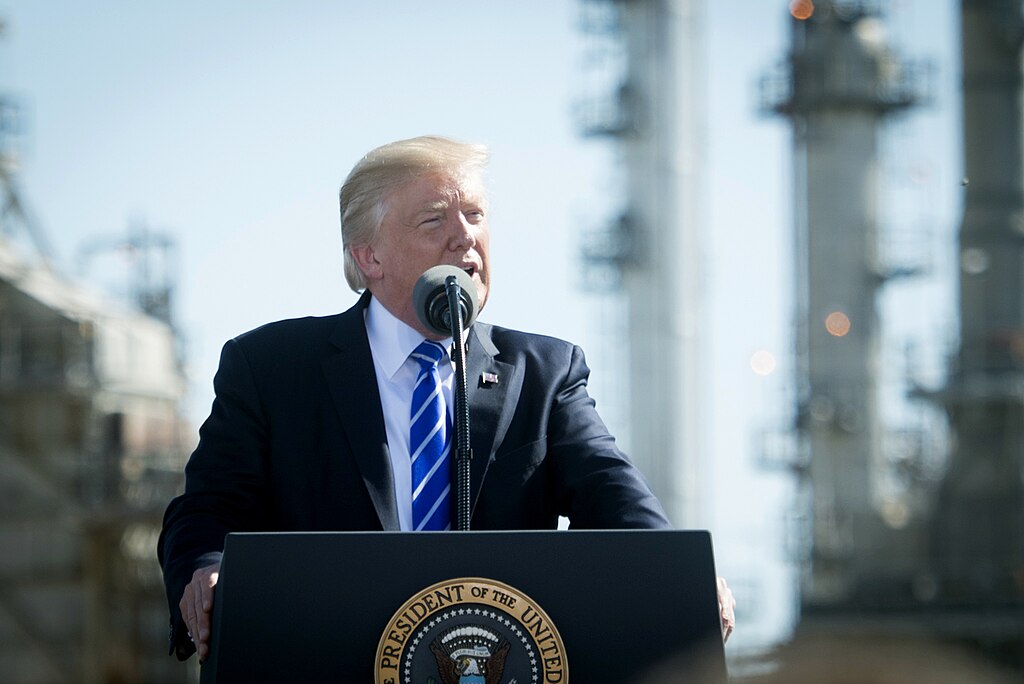The incoming Trump administration, led by Press Secretary Karoline Leavitt, has announced bold plans to overhaul the traditional makeup of the White House press briefing room. Leavitt declared that the administration would prioritize access for a diverse range of media outlets, moving away from what she described as a legacy media monopoly. The controversial move is already dividing opinion, with supporters praising the inclusivity and critics warning of potential favoritism.
A New Era for Media Access in the White House
Karoline Leavitt, poised to become one of the youngest press secretaries in U.S. history, outlined the administration’s vision for a more varied press corps. Speaking to reporters, she emphasized that smaller, independent, and non-traditional outlets would have greater representation in White House briefings.
“This administration values transparency and diversity in media,” Leavitt said. “We are committed to ensuring that the press room reflects the modern landscape of journalism.”
The announcement signals a shift from previous administrations, which have often been criticized for favoring established media giants. While Leavitt did not provide specifics, sources close to the transition team suggest that conservative and alternative outlets may receive more access than in previous years. Critics fear this could lead to sidelining outlets perceived as unfavorable to Trump’s agenda.
Social Media Reacts to Press Room Shake-Up
The plan has ignited heated discussions on social media. Many users have taken to Twitter to express their opinions, highlighting the polarizing nature of the proposal.
“Finally, a White House that cares about real Americans and not just the elites,” tweeted @PatriotProudUSA. Conversely, @MediaMattersNow raised concerns, writing, “This isn’t about diversity—it’s about stacking the deck in favor of sycophants.”
User @JournalismMatters praised the move, stating, “The legacy media has had a stranglehold for too long. This is a step toward true press freedom.” Others were less convinced. “This is just another way to dodge accountability,” argued @FactChecker101.
Some users approached the topic with humor. “As long as they let TikTok influencers in, I’m all for it,” joked @GenZForChange. However, @OldSchoolReporter offered a more serious critique: “Journalism is about hard questions, not cheerleading. The press room should be about tough accountability, not fanfare.”
Others remained cautiously optimistic. “If this means more voices at the table, I’m on board. Let’s see how it plays out,” commented @OpenMediaNow.
What Lies Ahead for the White House Press Corps
The decision to diversify the press briefing room comes amid growing public distrust of mainstream media and increasing polarization in political journalism. While the Trump administration argues that the change will create a fairer playing field, critics warn of the potential risks to journalistic integrity.
As the press corps prepares for these changes, questions remain about how access will be determined and whether traditional outlets will still hold significant influence. The first press briefing under Leavitt’s leadership is expected to set the tone for what could be a tumultuous relationship between the administration and the media.



 Hong Kong Faces Low Turnout in “Patriots-Only” Election Amid Public Grief After Deadly Fire
Hong Kong Faces Low Turnout in “Patriots-Only” Election Amid Public Grief After Deadly Fire  Honduras Election Turmoil Deepens as Nasralla Alleges Fraud in Tight Presidential Race
Honduras Election Turmoil Deepens as Nasralla Alleges Fraud in Tight Presidential Race  U.S.-Russia Talks Leave Ukraine Peace Efforts Uncertain
U.S.-Russia Talks Leave Ukraine Peace Efforts Uncertain  Michael Dell Pledges $6.25 Billion to Boost Children’s Investment Accounts Under Trump Initiative
Michael Dell Pledges $6.25 Billion to Boost Children’s Investment Accounts Under Trump Initiative  Trump and Lula Discuss Trade, Sanctions, and Security in “Productive” Phone Call
Trump and Lula Discuss Trade, Sanctions, and Security in “Productive” Phone Call  China Urged to Prioritize Economy Over Territorial Ambitions, Says Taiwan’s President Lai
China Urged to Prioritize Economy Over Territorial Ambitions, Says Taiwan’s President Lai  UN Chief Says Gaza Operation “Fundamentally Wrong” as Concerns Over War Crimes Grow
UN Chief Says Gaza Operation “Fundamentally Wrong” as Concerns Over War Crimes Grow  U.S. Justice Department Orders Intensified Probe Into Antifa and Domestic Extremist Groups
U.S. Justice Department Orders Intensified Probe Into Antifa and Domestic Extremist Groups  Pentagon Probe Finds Hegseth’s Use of Signal Risked Exposing Sensitive Yemen Strike Details
Pentagon Probe Finds Hegseth’s Use of Signal Risked Exposing Sensitive Yemen Strike Details  Australia Progresses AUKUS Review as U.S. Affirms Strong Support
Australia Progresses AUKUS Review as U.S. Affirms Strong Support  Taiwan Opposition Criticizes Plan to Block Chinese App Rednote Over Security Concerns
Taiwan Opposition Criticizes Plan to Block Chinese App Rednote Over Security Concerns  Israel Receives Body of Deceased Hostage as Rafah Crossing Reopening Hinges on Final Returns
Israel Receives Body of Deceased Hostage as Rafah Crossing Reopening Hinges on Final Returns  U.S. Repatriation Flight Carrying 266 Venezuelan Migrants Lands in Caracas
U.S. Repatriation Flight Carrying 266 Venezuelan Migrants Lands in Caracas  Drones Spotted Near Zelenskiy’s Flight Path in Ireland Trigger Security Alert
Drones Spotted Near Zelenskiy’s Flight Path in Ireland Trigger Security Alert  Maduro Confirms “Respectful” Call With Trump, Signals Openness to Diplomatic Dialogue
Maduro Confirms “Respectful” Call With Trump, Signals Openness to Diplomatic Dialogue  Trump Claims He Will Void Biden Documents Signed with Autopen
Trump Claims He Will Void Biden Documents Signed with Autopen 



























